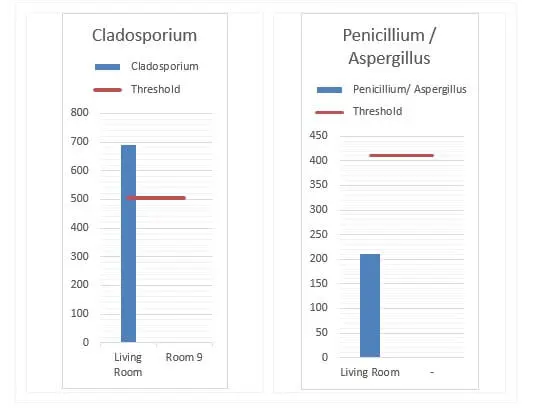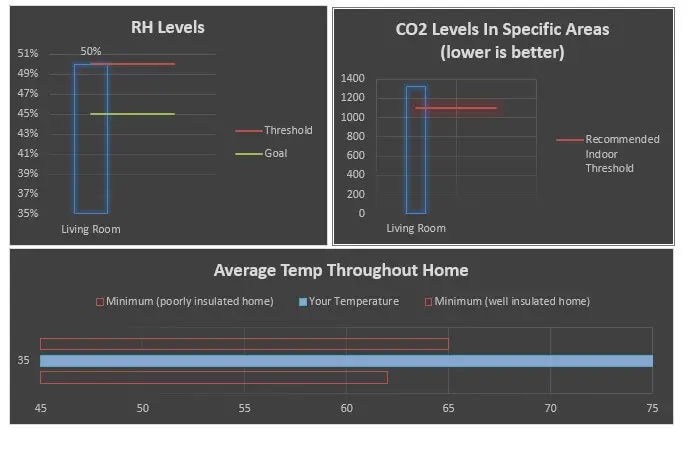Mold Inspection Reports from Ferndale
Below are recent mold inspection projects we’ve completed in the Ferndale area. These reports can help provide you with an idea of the issues we typically encounter in your region.
Project Type > Carpet Inspection for Mold in Ferndale
PROJECT SUMMARY
REASON FOR INSPECTION:
- Client recently purchased this manufactured home. Not long after purchasing the client found mushrooms growing out of the carpet. Client found a leak from the roof and has concerns about mold damage and requested an inspection to determine the source of the problem.
PROPERTY DESCRIPTION:
- This residential manufactured home was built in 2015 and is 1,188 ft².
CAUSE OF MOLD:
- Improperly installed flashing allows moisture into the ceiling and wall cavities near the main entry door.
LABORATORY RESULTS
ANALYSIS OF YOUR RESULTS:
- Minor Amplification: Mold spores were detected at levels slightly above the threshold, indicating a site of past or present mold growth. Please refer to the attached report for more detailed information.
The most likely contributor of the elevated mold spores is:
- Recent water intrusion coming from improperly installed roof flashing.
Recommendations:
- Although your indoor mold spore count is elevated, the levels are not high enough to warrant professional remediation, by following the recommendations listed in the report and implementing regular cleaning, the mold spore levels should return to normal.
JOBSITE PHOTOS
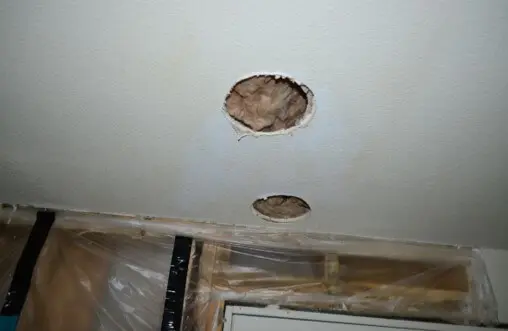
Different Textures On Ceiling Indicate Possible Previous Repairs
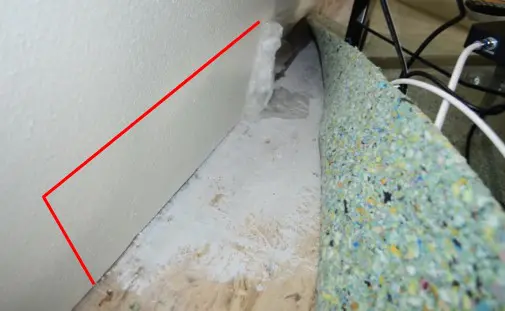
Difference in Texture Indicates Possible Previous Repairs
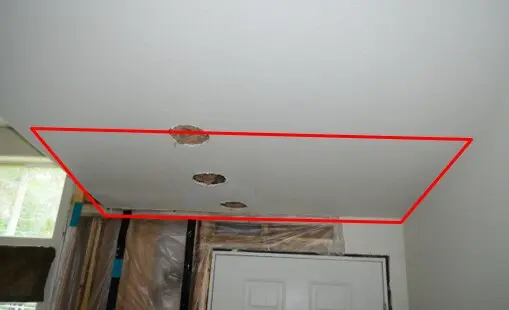
Recommend Removal of Remaining Wet Sheetrock
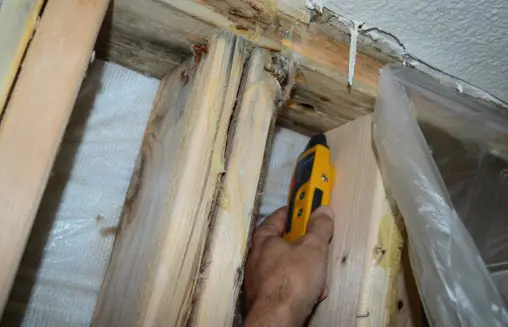
Underlying Framing Still Remains Wet
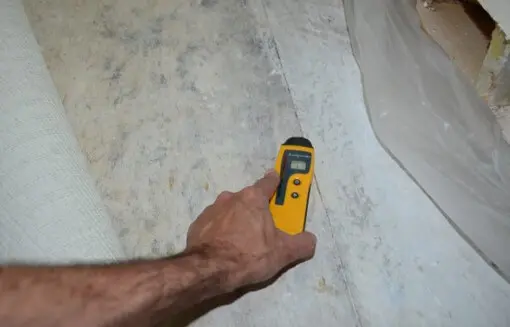
Significant Moisture Noted in OSB Flooring
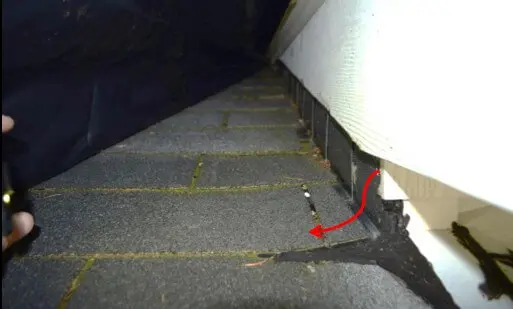
Step Flashing Installed Improperly To Funnel Water Under The Shingles
RELATIVE HUMIDITY, CO2, & TEMPERATURE READINGS:
LOCATION: Living Room
OBSERVATIONS:
- Elevated moisture was observed in the exposed framing members, a portion of the sheetrock ceiling, & the exposed portion of the OSB flooring. (Details below)
- Approximately 30 ft² of drywall has been removed from the exterior wall by a 3rd party contractor prior to this inspection.
- Approximately 10 ft² of sheetrock was noted as being wet above the front door.
- Elevated moisture was detected in 40 ft² of OSB subflooring – the carpet and pad have been removed by the previous contractor.
- Visible mold growth and staining is present on the wall framing, and elevated moisture was detected in the exposed wall framing.
- Visible mold growth and staining is present on the OSB subfloor.
- Several types and colors of drywall tape were noted (see photo 1) in the exposed portions of sheetrock. This may be an indicator that previous sheetrock repairs had been made in this area due to an ongoing leak.
- Several places were noted where the wall texture was different than the surrounding wall. This may also be an indicator that previous sheetrock repairs had been made due to an ongoing leak.
- Significant amounts of sheetrock dust was noted on the floor under the carpet. Sheetrock dust is also another sign that previous wall repairs may have been made in this area.
- The source of moisture for this water damage is improper flashing on the exterior of the home allowing rainwater to enter under the shingles. The duration of this water intrusion is unknown.
Recommendations:
- All remaining wet framing inside the wall cavity requires dry-out prior to rebuild.
- The wet drywall above the door should be removed and disposed of.
- All exposed insulation and underlying cardboard baffles should be removed and the roof sheathing inspected for signs of mold growth, water damage or rot.
LOCATION: Exterior of Home
OBSERVATIONS:
- Flashing at the roof junction was improperly installed. The current installation allows for rain water to seep under the shingles and into the roof cavity. This moisture then makes its way into the wall and floor cavities of the home.
- Significant amounts of tar and caulking were noted around this area, indicating previous attempts to fix the leak.
- The flashing appears to have been installed the same around the entire roof perimeter.
Recommendations:
- All flashing should be replaced and properly installed.


